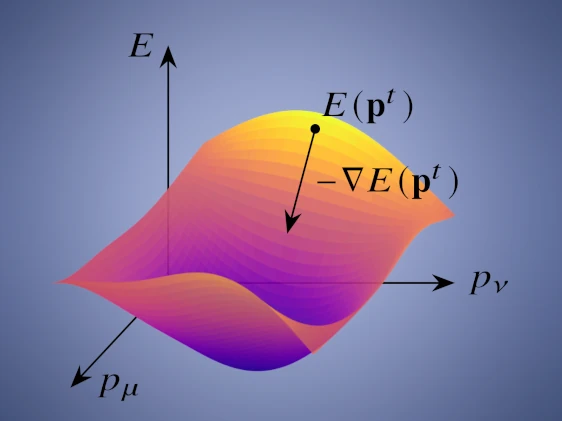Newsroom

Researchers at Heidelberg University have made a significant advance in computational quantum chemistry with the development of STRUCTURES25, a new orbital-free density functional theory (OF-DFT) method powered by machine learning.
In the 1960s, physicists Hohenberg and Kohn made a landmark discovery: the ground-state energy of a molecule or material is completely determined by its electron density — a function describing where electrons are most likely to be found. In principle, this meant that the complex, many-body equations of quantum mechanics could be replaced with a simpler task: finding the energy density functional in terms of this density and minimizing it.
For decades, however, sufficiently good approximations for the universal kinetic energy density functional have remained unknown, requiring the use of Kohn–Sham density functional theory (KS-DFT) instead – where auxiliary wave functions or “orbitals” were reintroduced. While highly successful in practice, the computational cost of KS-DFT can be prohibitive for larger systems, prompting renewed interest in orbital-free density functional theory.
Within our cluster, the Hamprecht and Dreuw Groups, combining their expertise in machine learning and quantum chemistry, have been developing a new method to learn it directly. Their current model, STRUCTURES25, achieves chemical accuracy in energy predictions and successfully converges to physically meaningful electron densities for small organic molecules, a long-sought goal that could revolutionize the efficiency of calculations for huge molecular systems. Augmenting the training data with densities obtained from perturbed potentials proved key to these results.
With these advances, the team has brought Hohenberg's and Kohn’s original vision a big step closer to reality — and opened the door to fast, accurate quantum-level modelling of systems far beyond the reach of today’s most widely used methods.
Original Publication:
R. Remme, T. Kaczun, T. Ebert, C. A. Gehrig, D. Geng, G. Gerhartz, M. K. Ickler, M. V. Klockow, P. Lippmann, J. S. Schmidt, S. Wagner, A. Dreuw, and F. A. Hamprecht, Journal of the American Chemical Society, DOI: 10.1021/jacs.5c06219.
Further information:
